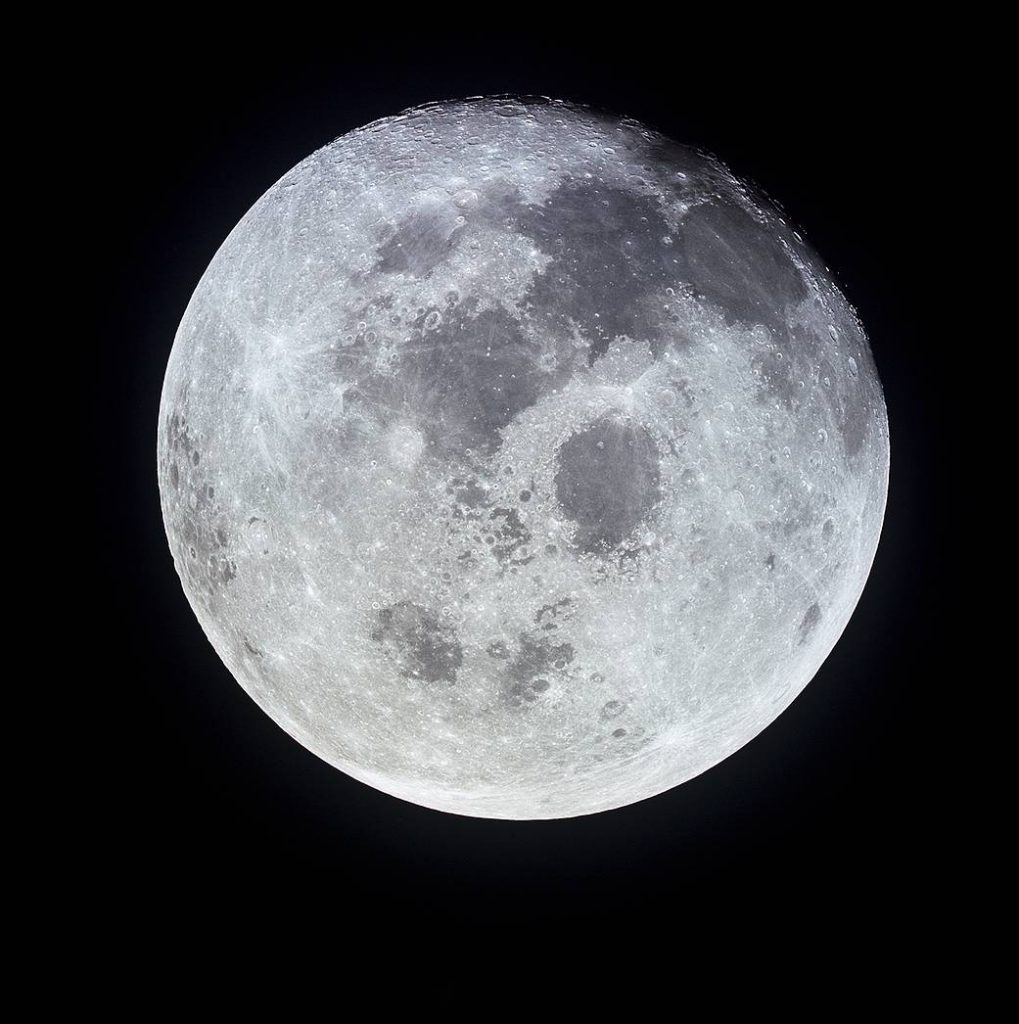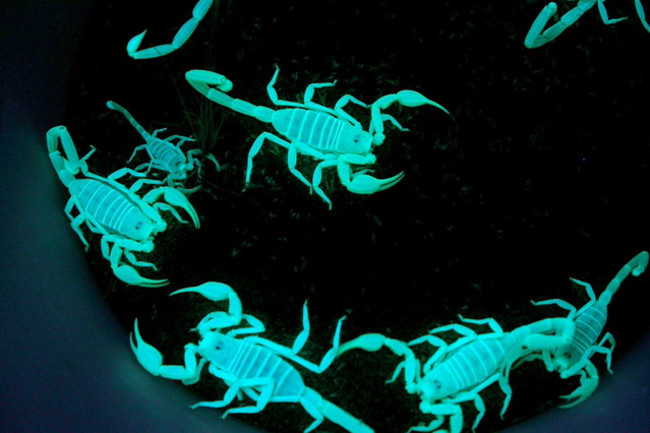
The year 2020 has been remarkable for many reasons, but especially for stargazers and astronomers alike. This year we have had/will have 13 full moons, two being super moons, and one which is a blue moon on Halloween!
Let’s break this down a little more. On Halloween, October 31st, there will be a full moon. The timing of a full moon on Halloween only happens every 18-19 years! One might even say it happens once in a blue moon… This year’s full moon on Halloween is also considered a blue moon. Unfortunately, that does not mean the moon will be tinted blue. The term blue moon has to do with timing. Moon cycles are 29.5 days long, so there is usually only one full moon each month. However, sometimes months are longer than 29 days, so it is possible to have two full moons in one month. That second full moon of the month is considered a blue moon.
Full moons may sound like a spooky sight, and they can even cause some interesting animal encounters. Imagine you are outside at night going for a walk in the woods and you see a bright blue/green glowing animal creeping across the forest floor. You may think you are seeing some alien life form, but it’s actually just a scorpion!

So why on earth would a scorpion need to glow? To answer that question you need to understand scorpions and their lifestyle. Scorpions are nocturnal predators that hunt for their food at night. When there is a full moon, scorpions can be seen glowing, which is actually fluorescing. Fluorescing is when the molecules become excited by energy, usually from a light source, and then the molecule relaxes back to its ground or “normal” state. This phenomenon can be recreated with scorpions during the sunny hours of the day by using a UV light. There are a few theories as to why scorpions fluoresce under the moonlight. Some scientists think that the glow may help scorpions find each other. Another possibility is that scorpions use it like sunscreen. However, the leading theory being developed by California State University arachnologist Carl Kloock, is that the scorpions use their fluorescence as a way to tell if they should go out and hunt or not. If scorpions are really desperate for a meal, then they will hunt regardless of the moonlight outside. However, if the scorpion is not particularly hungry and there is a full moon out, they may decide to stay hidden and avoid the moonlight. But none of these theories have been fully proven, so your guess is as good as ours!
If you are interested in seeing a scorpion fluoresce then be sure to come see our new traveling exhibit, The Art and Science of Arachnids, featuring 100 live arachnids! Exhibit opens December 1. Click here to learn more!
